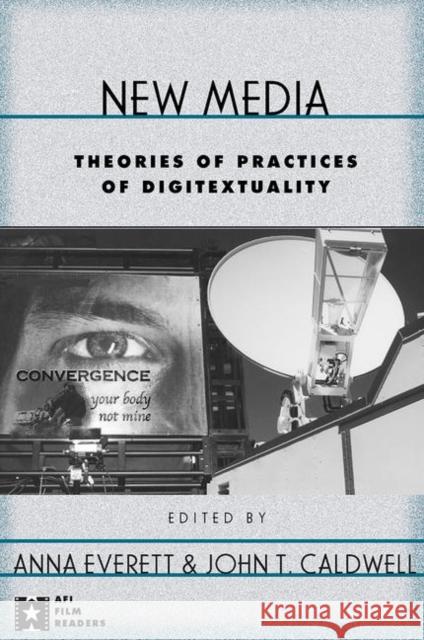New Media: Theories and Practices of Digitextuality » książka
topmenu
New Media: Theories and Practices of Digitextuality
ISBN-13: 9780415939966 / Angielski / Miękka / 2003 / 304 str.
New Media: Theories and Practices of Digitextuality
ISBN-13: 9780415939966 / Angielski / Miękka / 2003 / 304 str.
cena 189,02
(netto: 180,02 VAT: 5%)
Najniższa cena z 30 dni: 186,33
(netto: 180,02 VAT: 5%)
Najniższa cena z 30 dni: 186,33
Termin realizacji zamówienia:
ok. 22 dni roboczych
Bez gwarancji dostawy przed świętami
ok. 22 dni roboczych
Bez gwarancji dostawy przed świętami
Darmowa dostawa!
First published in 2003. Routledge is an imprint of Taylor & Francis, an informa company.











